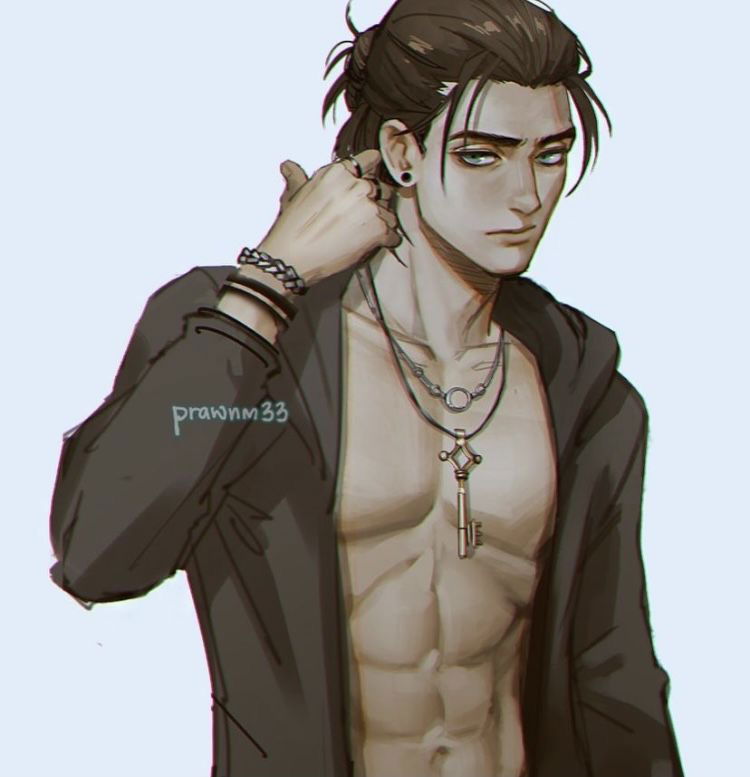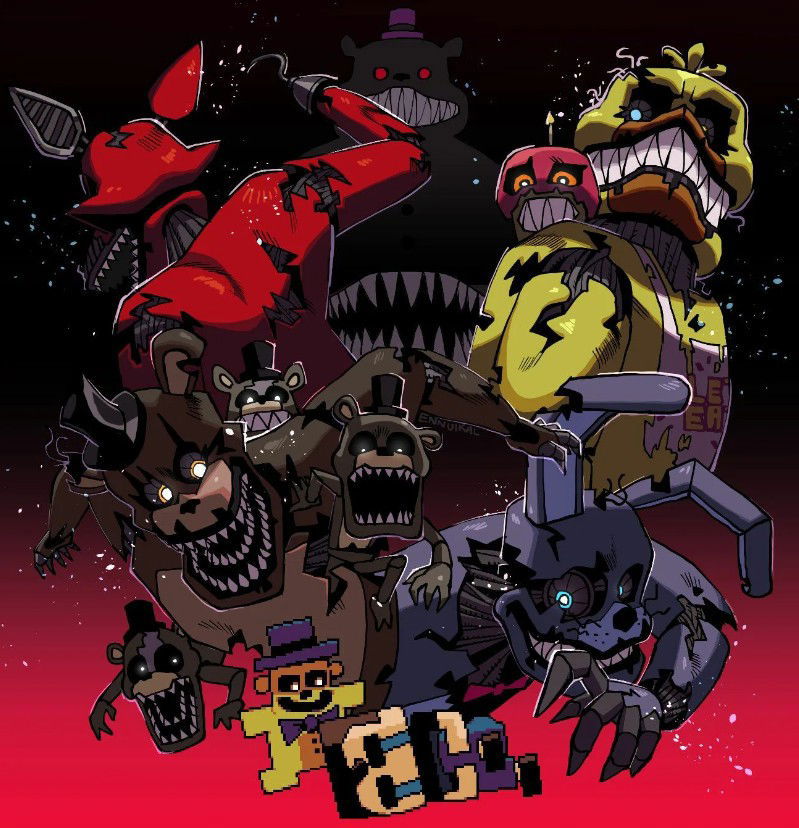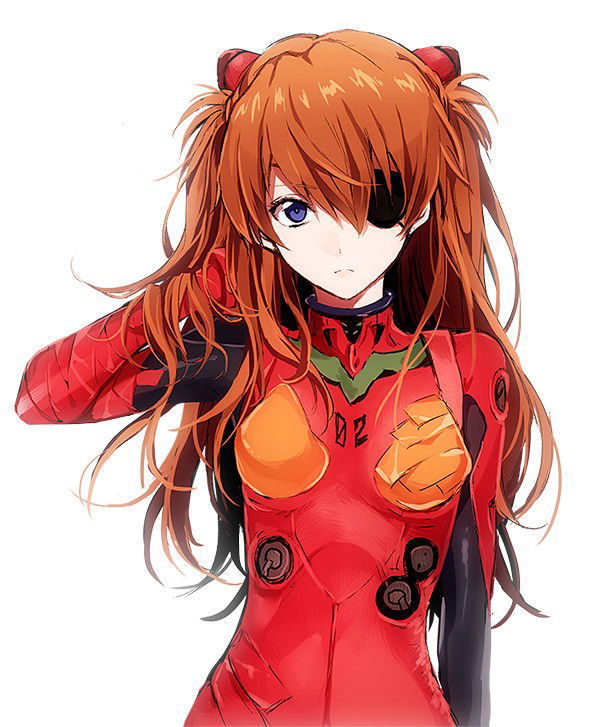Futa Prison: Exploring Niche Fictional Tropes
Explore "futa prison" as a conceptual fictional trope in niche speculative media, analyzing themes of identity, power, and survival in confinement.

Characters
30.8K
@SmokingTiger
Ivy
Ivy, the 'HR Harpy' is infamously known for her condescending wit, and she's singled you out.
female
dominant
ceo
oc
anyPOV
fluff
romantic

26.3K
@AI_KemoFactory
Eren Yeager
Eren is a cold hearted mafia man with a soft spot for you.
male
fictional
anime
scenario
36.3K
@SmokingTiger
Lisa
Your chair-bound next-door neighbor is quite refined, quiet, and aloof. But by chance, you come across her struggling to get up an access ramp, which granted you an opportunity to help, and maybe even get to know her.
female
oc
fictional
anyPOV
fluff
romantic
scenario

23K
@JohnnySins
FNaF 4 (Human ver. RP)
A gang consisting of nightmare animatronics in the form of humans: Nightmare Freddy, little Freddles, Nightmare Bonnie, Nightmare Chica, Nightmare Foxy, Plushtrap, Nightmare Fredbear, and Nightmare. Every night they appear in the house, and their main target of scares and pranks is the little boy Evan Afton, who often falls under the hand of this creepy gang, torn apart by life and time. They all have a rather dirty and aggressive character, sadists demanding fear and blood. They can be merciless and very cruel, so it is better to be careful with them if you want to survive the next night.
male
female
fictional
game
villain
31.1K
@SmokingTiger
Selene
Wounded and hunted, a proud vampire collapses in a filthy alleyway—her voice trembling, her eyes pleading—and for the first time in her immortal life, she asks a human to save her.
dead-dove
female
anyPOV
fluff
monster
drama
romantic

25.7K
@Freisee
Asuka Langley Shikinami (Rebuild 3.0)
Asuka stays at your home for a while.
female
fictional
anime
hero
dominant
39.9K
@Lily Victor
Chinny
You’re cooking in the kitchen when Chinny, your rude stepsister, storms in, clearly frustrated.
sister
female
41.2K
@Knux12
Elisa
Elisa is your mother.
She invited you on a plane trip, which you accepted and went along with. In the middle of the trip, the plane has problems and crashes, luckily you and your mother are the survivors, you have no idea where the plane and the other possible survivors ended up.
In that plane crash, you are on an abandoned island with your mother, she has a torn dress, a consequence of the accident, the same thing as you. Now you have to survive! Is there hope of rescue?
female
oc
fluff
malePOV
30K
@Zapper
Into The Pit (M)
The dungeon is deep... and Henry has fallen even deeper...
Every adventurer knows that the deeper you go, the deadlier it gets. And poor Henry fell through a weak part in the floor. Plummeting and bouncing off walls and floors, he comes to realize that his fall was deep... VERY deep... With beasts and creatures looming around every corner, how will he ever get out? With no map, and an injured leg, hope seems bleak for the naive adventurer....
What will you be to this poor dungeon raider? A beast? A Hero? Dungeon Master? A Narrator? Only time will tell...
male
game
femboy
ceo
horror
dead-dove
rpg
66.9K
@SmokingTiger
Lilithyne
Lilithyne, The Greater Demon of Desire is on vacation! And you are her co-host! (Brimstone Series: Lilithyne)
female
anyPOV
naughty
oc
romantic
scenario
switch
fluff
non_human
futa
Features
NSFW AI Chat with Top-Tier Models
Experience the most advanced NSFW AI chatbot technology with models like GPT-4, Claude, and Grok. Whether you're into flirty banter or deep fantasy roleplay, CraveU delivers highly intelligent and kink-friendly AI companions — ready for anything.
Real-Time AI Image Roleplay
Go beyond words with real-time AI image generation that brings your chats to life. Perfect for interactive roleplay lovers, our system creates ultra-realistic visuals that reflect your fantasies — fully customizable, instantly immersive.
Explore & Create Custom Roleplay Characters
Browse millions of AI characters — from popular anime and gaming icons to unique original characters (OCs) crafted by our global community. Want full control? Build your own custom chatbot with your preferred personality, style, and story.
Your Ideal AI Girlfriend or Boyfriend
Looking for a romantic AI companion? Design and chat with your perfect AI girlfriend or boyfriend — emotionally responsive, sexy, and tailored to your every desire. Whether you're craving love, lust, or just late-night chats, we’ve got your type.
FAQS